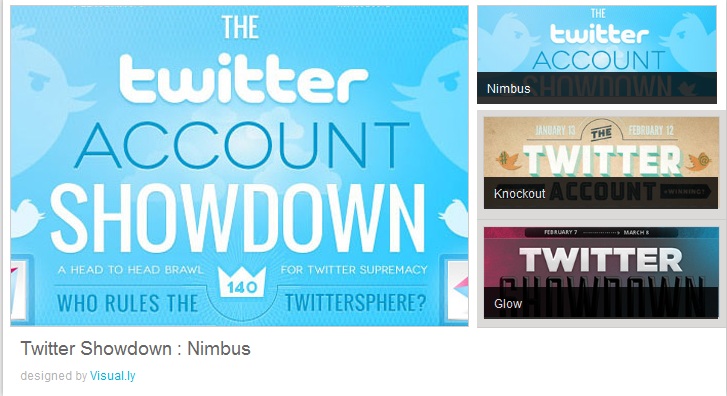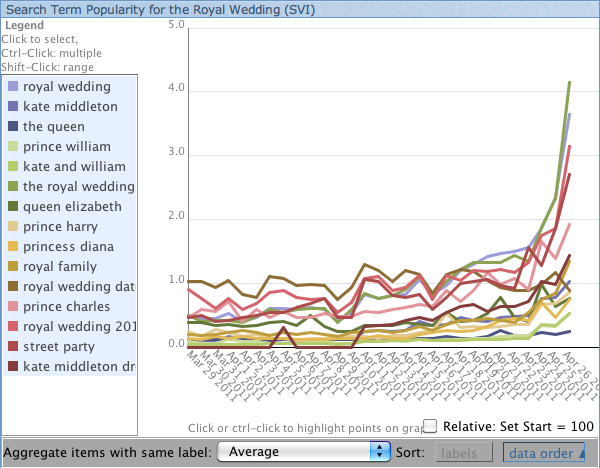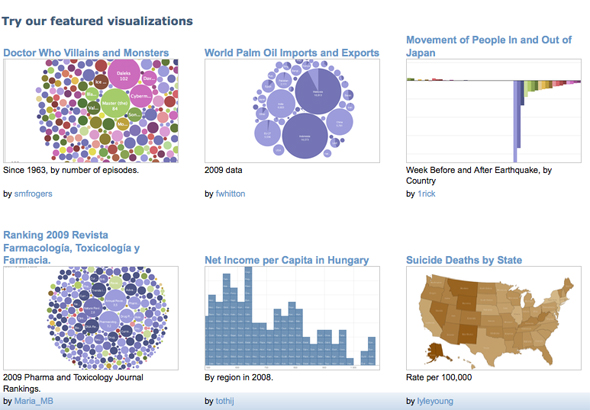We’re all acquainted with the perks and limitations of using Google Fusion, Tableau, Many Eyes and Open Street Map but I was wondering what other visualisation and infographic tools are readily accessible and available for wannabe data journalists. And more specifically, wannabe data journalists with no graphic design experience (like me).
Continue reading “Simple infographic and visualisation tools”



